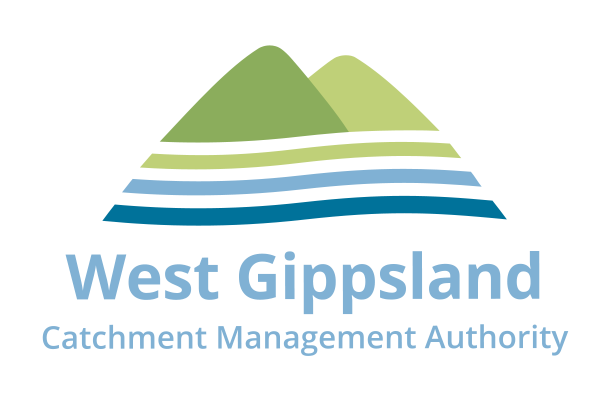Working from the mountains to the sea…
We are responsible for over 40,000km of designated waterways across West Gippsland in Victoria. All of these waterways flow to the Victorian coast, discharging through the Gippsland Lakes, or directly into Bass Strait and the Southern Ocean.
We are hard at work partnering with Traditional Owners, Landcare, landholders, government and community to improve West Gippsland’s catchment. Our Regional Waterway Strategy guides our work in restoring rivers and wetlands across the catchment.
Water for the environment keeps our rivers flowing and healthy. It is water that is set aside in major reservoirs and carefully released down the river to support the health of West Gippsland’s waterways. It can also be diverted from the river into wetlands.
Water releases are planned each year, based on climate forecasts, past flows and current science.
We are working together for productivity and environmental gains. Through our landholder programs we deliver on ground works such as:
We also work with partners and landholders to provide incentives for innovation and best practice to keep waterways healthy.
The coastline of our region extends eastward from Kilcunda to Hollands Landing and takes in part of the Ramsar listed Gippsland Lakes and Corner Inlet. Estuaries in our catchment range from pristine to highly modified and include:
Many of Victoria’s estuaries close from time to time as part of a natural process. This is important for supporting estuary ecosystems, plants and animals. Under some conditions, artificial estuary openings are considered to manage the risk of flooding to built infrastructure and agricultural land.
Wetlands are the ‘kidneys’ of the catchment…
The wonderful wetlands in the region, provide habitat for wading and migratory birds, threatened species and capture and hold flood waters before they enter or re-enter a waterway.
West Gippsland has a number of significant wetlands and wetland complexes, including two internationally important Ramsar sites and eleven sites listed as nationally important under the Directory of Important Wetlands Australia.
The Thomson and Latrobe catchments include five wetlands and wetland complexes that are listed as nationally important. The lower Thomson and Latrobe catchments contain part of the Gippsland Lakes Ramsar site and the nationally listed Lake Wellington Wetlands and Lake Victoria Wetlands.
South Gippsland is home to Corner Inlet Ramsar site where long term effort is making significant change through removing weeds that choke saltmarsh and mudflats, monitoring and protecting shorebirds, reclaiming habitat and improving the water quality of rivers that flow into the inlet.
Works to protect and connect catchments have flow on effects for threatened species such as fish, platypus and birds.
We are delighted to be delivering the Toward Zero Extinctions: Protect the Eastern Hooded Plover project aimed at saving one of our region’s much-loved native birds from extinction.
Eastern Hooded Plovers — affectionately known as ‘Hoodies’ — are tiny shorebirds that nest along the Victorian coastline where the adults, their eggs and chicks are highly vulnerable to disturbance by humans, coastal weeds, rough weather, off-lead dogs and their number one predator – foxes.
Together with BirdLife Australia, Bunurong Land Council Aboriginal Corporation, Bass Coast Landcare Network, South Gippsland Landcare, Parks Victoria and the community, the CMA is working to help their survival.
The project involves protecting nests during breeding season, controlling foxes and other introduced pests, and engaging the community about the plight of the plover – and how they can help its survival.
Gunaikurnai, Bunurong, Boonwurrung and Wurundjeri Peoples
Latrobe City; substantial parts of Wellington, Baw Baw and South Gippsland shires; a well-populated portion of Bass Coast shire; and sparsely populated areas of Mansfield and East Gippsland shires
We’re working with Traditional Owners, partners, landholders and communities to protect West Gippsland’s rivers, wetlands, bays and estuaries. Find out more about programs we’ve got on the go for healthy and resilient catchments.
West Gippsland’s contributions to our national NRM snapshots



















































